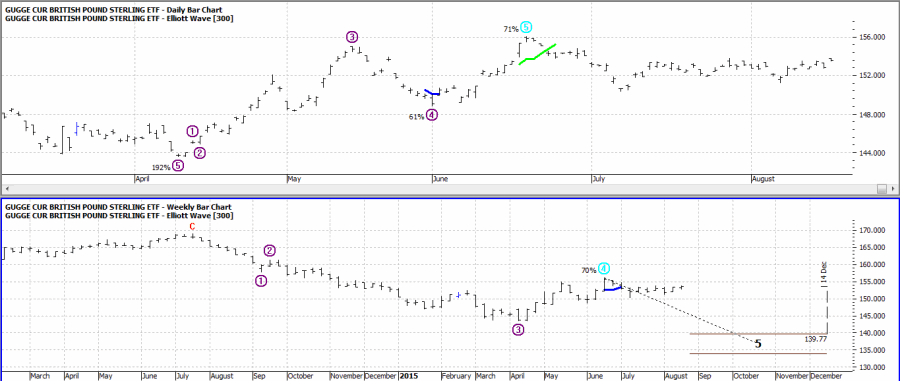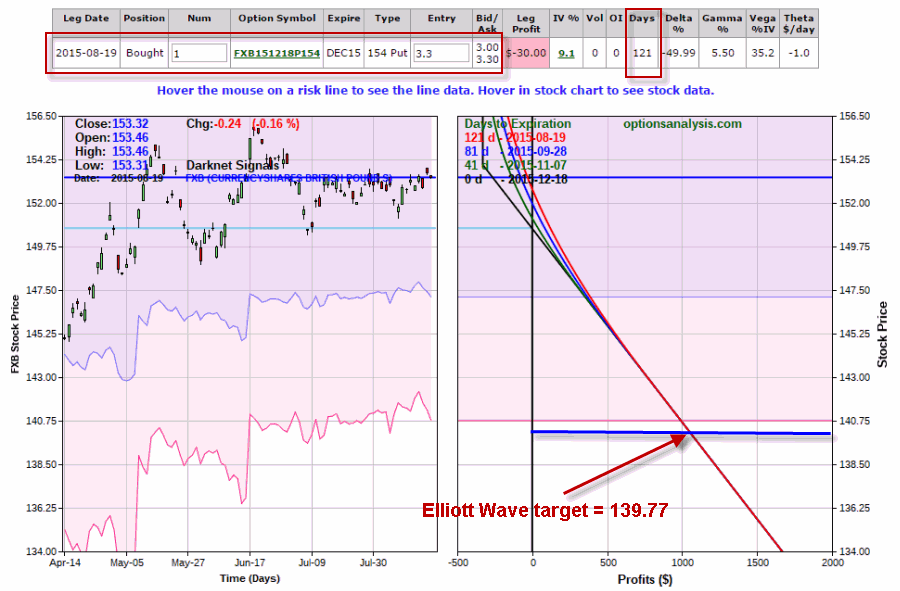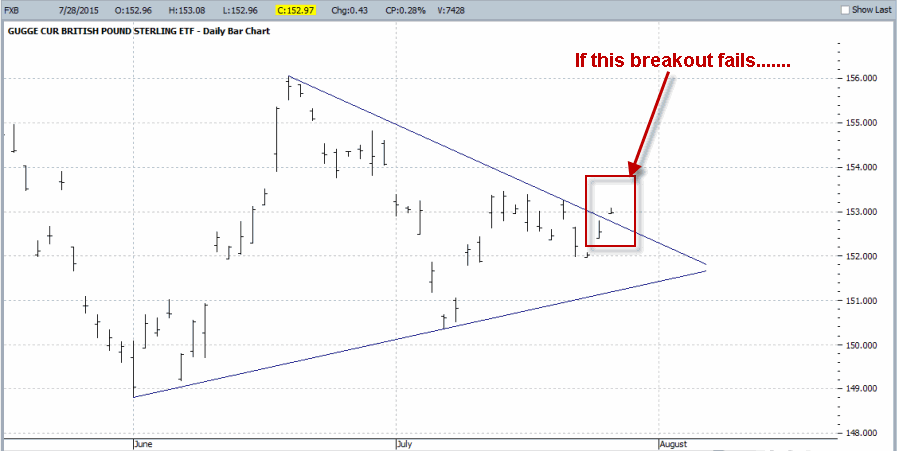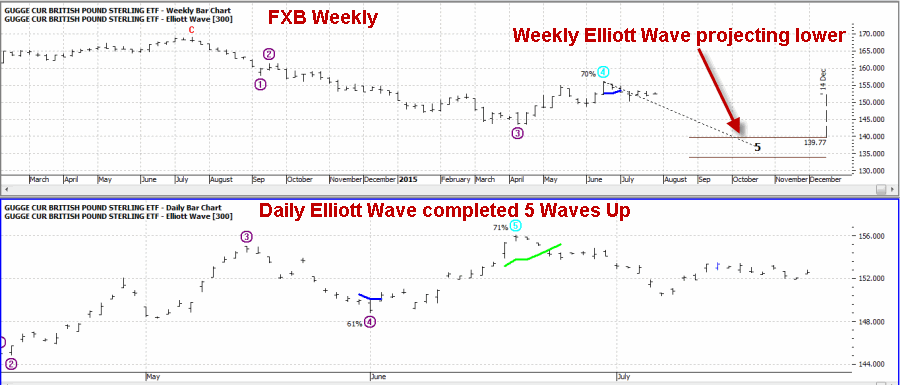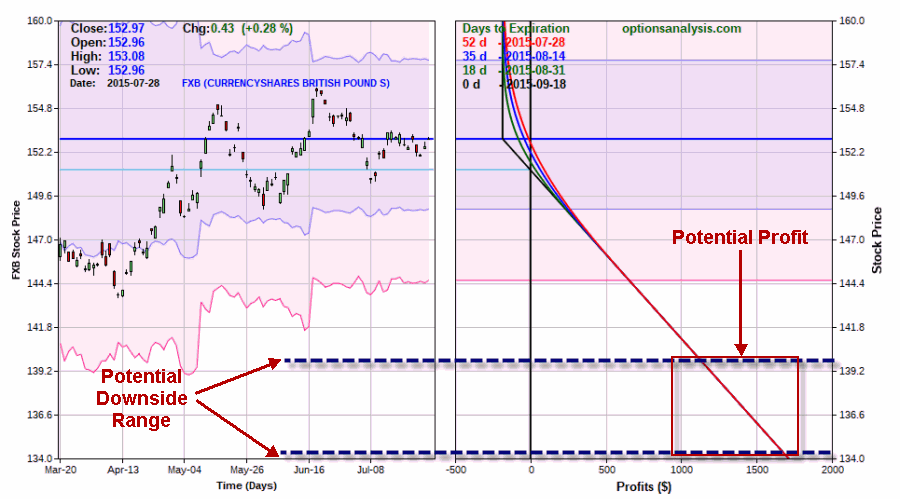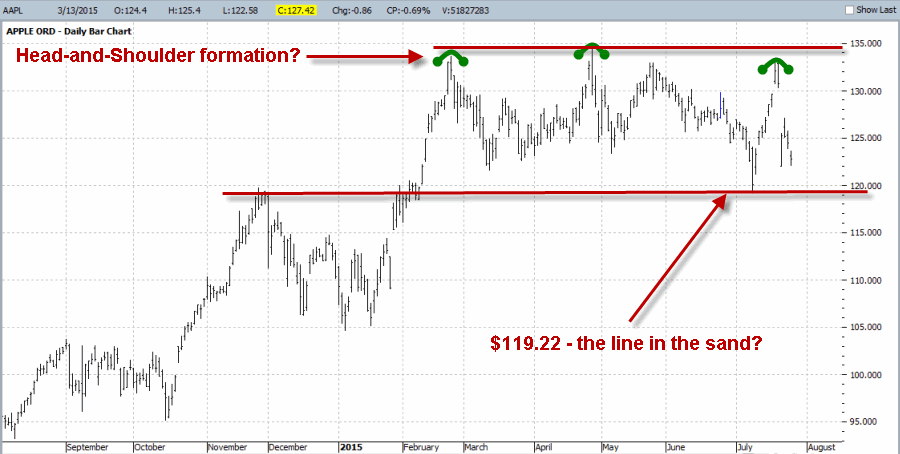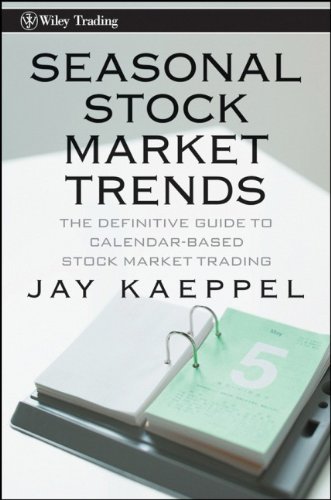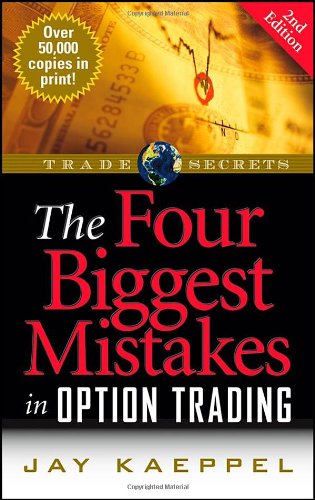The trend is your friend. OK, you’ve probably heard that before. But there is a good reason that this phrase is heard so commonly among traders.
For those who were willing to hear what the market was saying, there was some advance warning that trouble was brewing. A glance at Figure 1 shows us that the major market measures – the Dow, the S&P 500 Index, the Russell 2000 small-cap index and the Vanguard Total World Stock Index ETF – were all breaking down below their respective 200-day moving averages prior to “the Plunge”.
 Figure 1 – Stock Market Indexes signaling “trouble” prior to the “Plunge”
Figure 1 – Stock Market Indexes signaling “trouble” prior to the “Plunge”
See also This is Why We Trade
OK, for the record I am not an “investment advisor”, on this blog I do not make “recommendations” and I never – OK, rarely – try to make “predictions” (because quite frankly, who needs the humiliation).
I do know something about following a trend, however, and for the record I did issue something of a warning (OK, more like a veiled threat) in this article on July 28th.
Also, on 8/11 the Dow Industrials experienced what is widely known as the “Death Cross” – which occurs when the 50-day moving average drops below the 200-day moving average. Now I also (mostly) try to avoid casting stones at other financial writers (glass houses and what not). So as a result, I did not write the article about how it concerned me a great deal that within 48 hours of the Dow “Death Cross” I came across roughly 352 articles telling me that the “Death Cross” doesn’t mean a thing because “sometimes it works and sometimes it doesn’t”.
Now here is the important point:
All roughly 352 authors were technically correct that sometimes the Death Cross “works” (i.e., prices head significantly lower) and sometimes it does not. But the fact of the matter is – at least in my opinion – that the trend must be respected at all times. No one likes to get whipsawed, and no you do not have to “sell everything”, every time a stock index drops below its 200-day moving average. BUT, when lots of indexes start breaking down at the same time the one thing you cannot do is simply DISMISS IT!!
As I mentioned, a Death Cross or a drop below a particular moving average does not have to mean “sell everything.” But it should mean “protect yourself just in case.” That might mean raising some cash or hedging with options, etc.
What Should I Do Now?
That seems to be the question everyone asks after a market plunge. That and “Where does the market go from here”. Now as a “financial analyst type” I know that people or sort of trained to expect that the next thing I will do is discuss where I think the market is headed from here and what you should do now. But, like I said, I don’t “do predictions”. So for the moment I won’t bother telling you where I think the market is headed next. But I think I can answer the “What Should I Do Now” question.
Jay’s Trading Maxim #29: If you had a trading plan that you were following yesterday, you should continue following it today.
Now I admit that may sound a bit snarky but it is not intended to. For if your approach to trading is to do one thing, and then when trouble arises you start to do something else, then – let’s face it – you don’t really have much of a plan.
For what it is worth, I will say that I am OK with “buy and hold” with a portion of a portfolio. I have some mutual funds that I think I have held for what could be close to 30 years. I’ll sell those when I need the money. But not before.
But I am not a fan of “only buy-and-hold”. An investor who puts all of his or her money in the stock market and leaves it there is (in my opinion) like a ship at sea without a rudder. When the winds are favorable things will go really well. When a storm arises some very, very bad things can happen and you have absolutely no control (except to hold on tight and hope the storm passes while you are still afloat).
So for what it is worth, ponder the “approach” listed below:
*40% in the stock and/or bond markets on a buy-and-hold basis
*30% in objective trading or investment strategies that can outperform over time (see some other articles on this site for some ideas. Another site to peruse for examples of objective strategies is wwwQuantocracy.com)
*20% in short-term trading strategies (can go cash and ply the short side, and may include options trading)
*10% in cash or hedging positions
Nothing magic about this formula. But this type of diversified approach allows an investor to attack the financial markets from a variety of angles.
Which looks like a pretty good idea right about now.
Jay Kaeppel

